North Dakota Hunting Guide
Throughout the year, North Dakota offers hunters a variety of game species. North Dakota presents low hunter density, high populations of game, and very high success rates for hunters.
What to Hunt
Although North Dakota is well known for its deer hunting, the state supports healthy populations of many different game species.
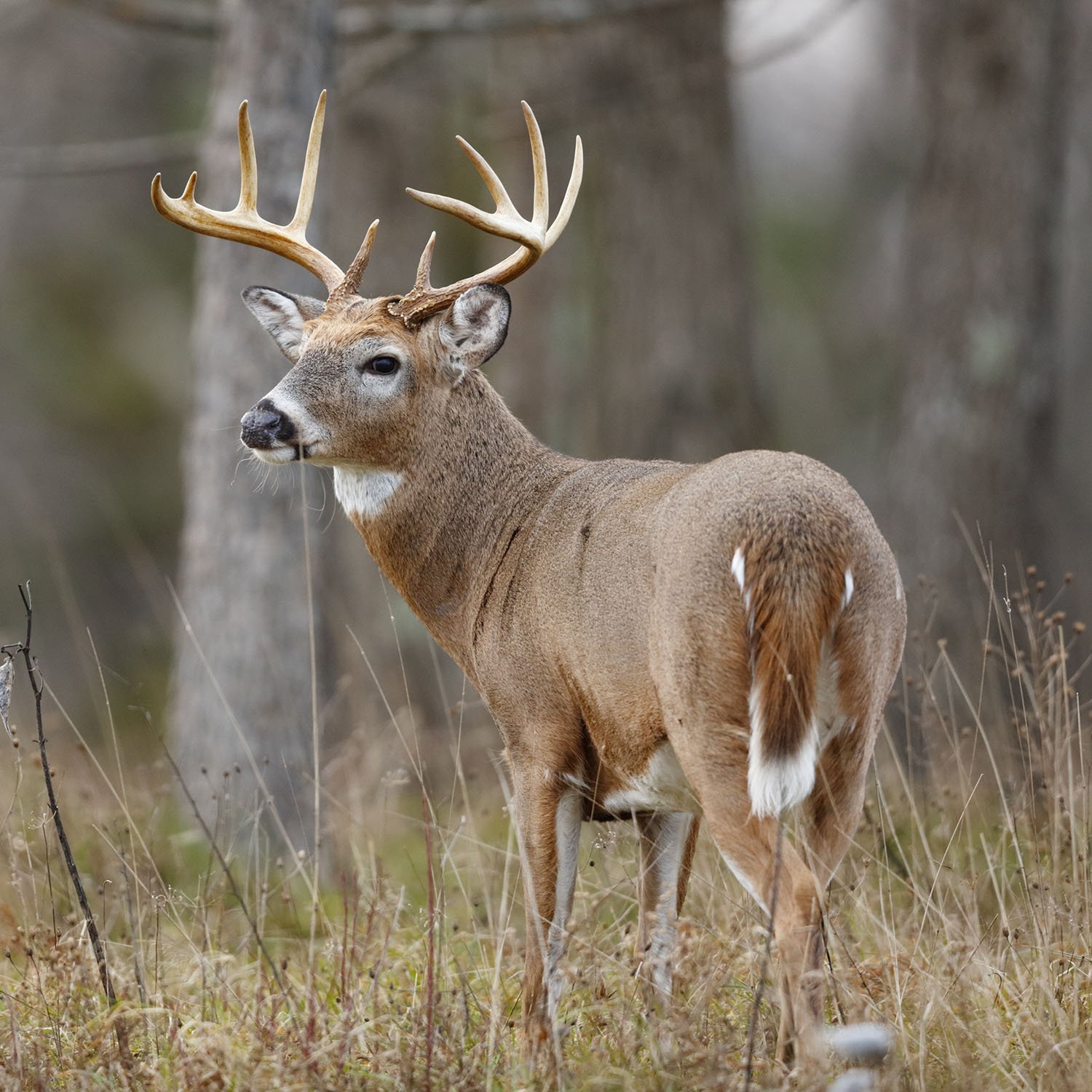
Deer
While North Dakota offers a relatively modest deer population, hunter density is very low. Deer tags are distributed through a lottery system, with bowhunters having the highest odds. Muzzleloader and rifle tags can be difficult to obtain through the lottery system. A separate archery license is available to both residents and non-residents, and these licenses are good for any deer. There is a bag limit of one deer per season, of the type indicated on the license.
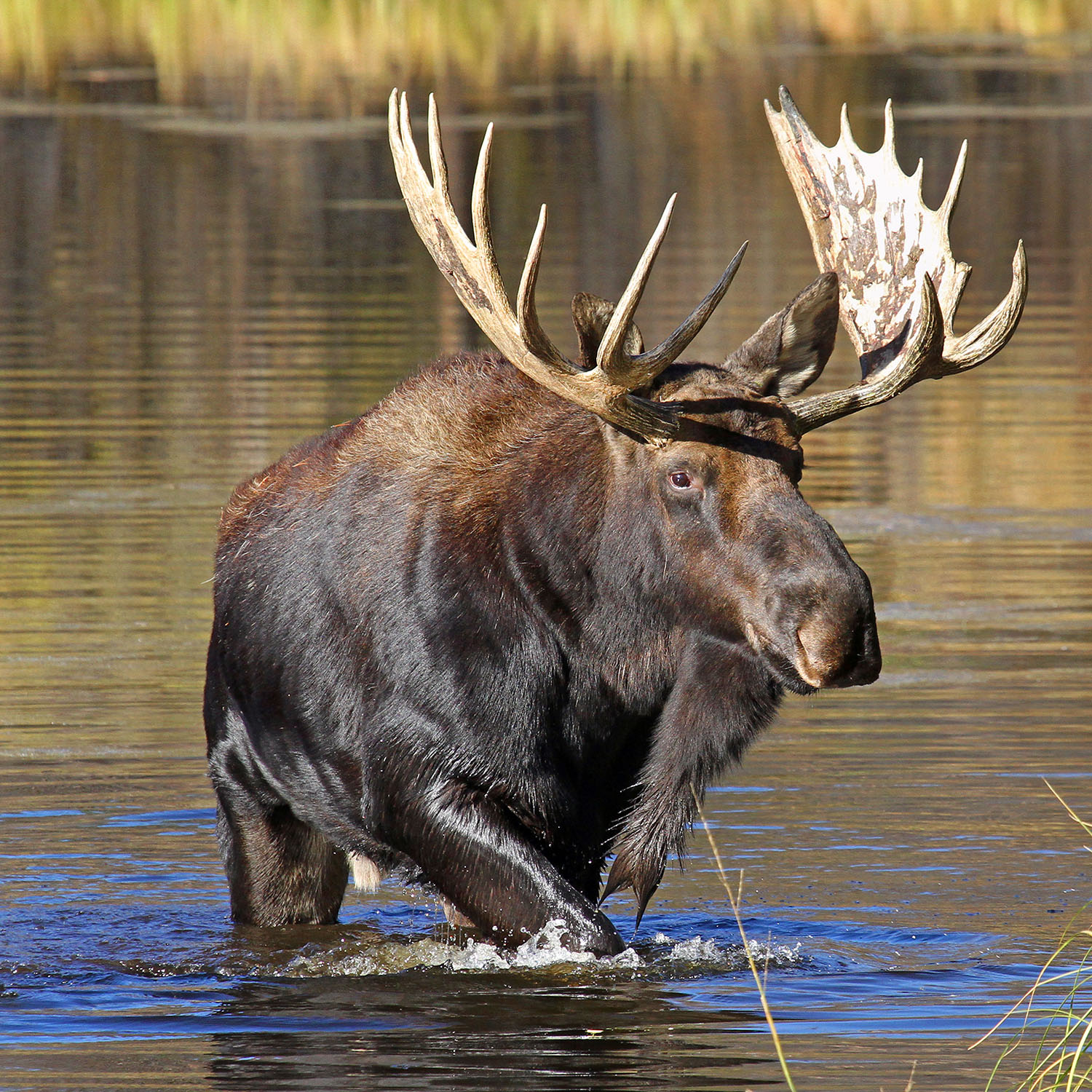
Moose
Moose are most often found near the Turtle Mountains and around forested rivers in the northern region. Moose tags are awarded through a raffle system. There is a bag limit of one moose of the type designated on the hunter’s license, which may be an antlerless moose or any moose. Landowners with more than 150 acres of land in certain units may apply for a landowner license, which allows them to harvest one moose from their own land.
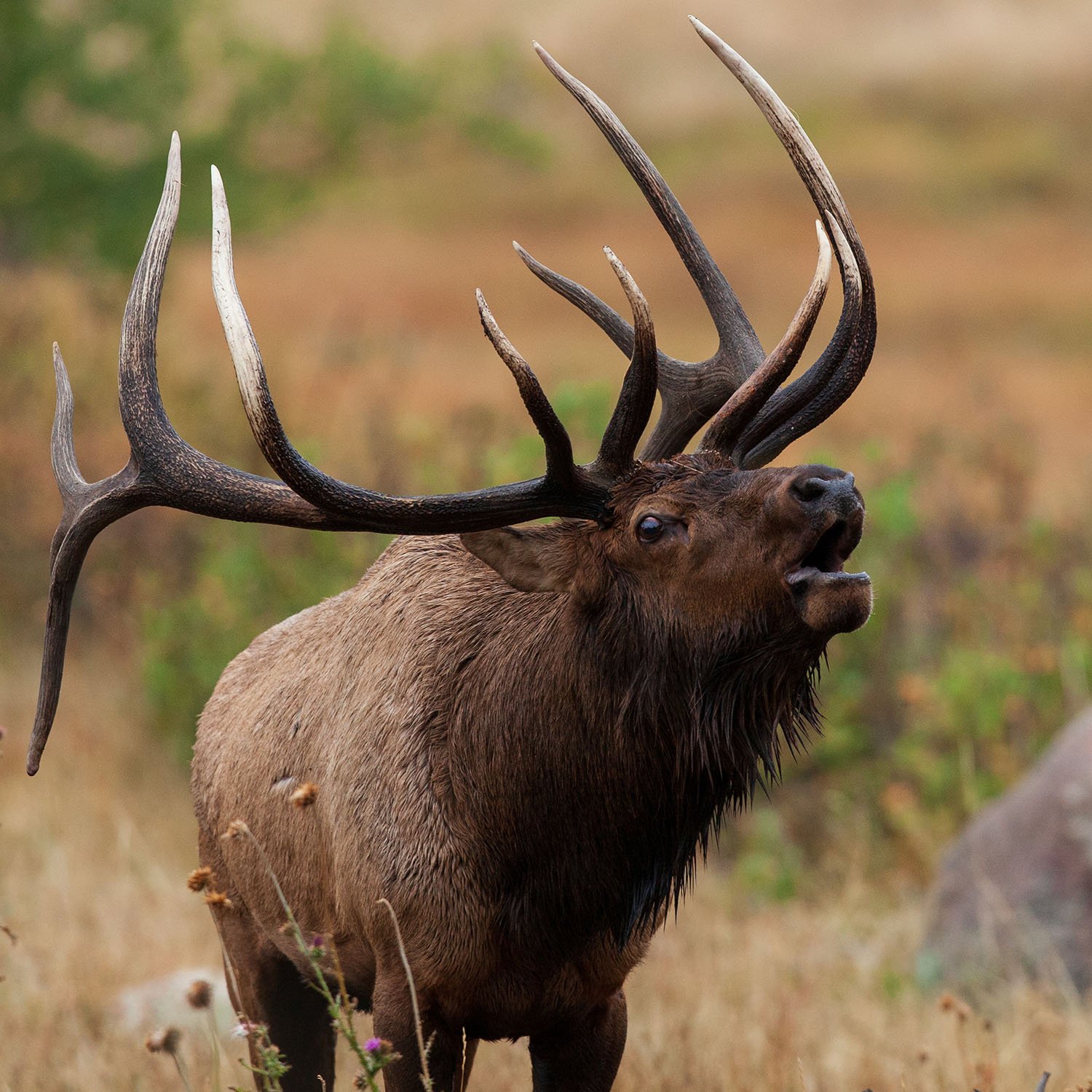
Elk
Elk are predominantly found in Little Missouri National Grasslands, Killdeer Mountain area, and Cavalier County in northeastern North Dakota. Like moose tags, elk tags are awarded through a raffle system. Nonresidents are ineligible for elk hunting. There is a bag limit of one elk of the type designated on the license, which may be an antlerless elk or any elk. Elk season is divided into bow season and regular season by zone, and ranges from September through December depending on the area.
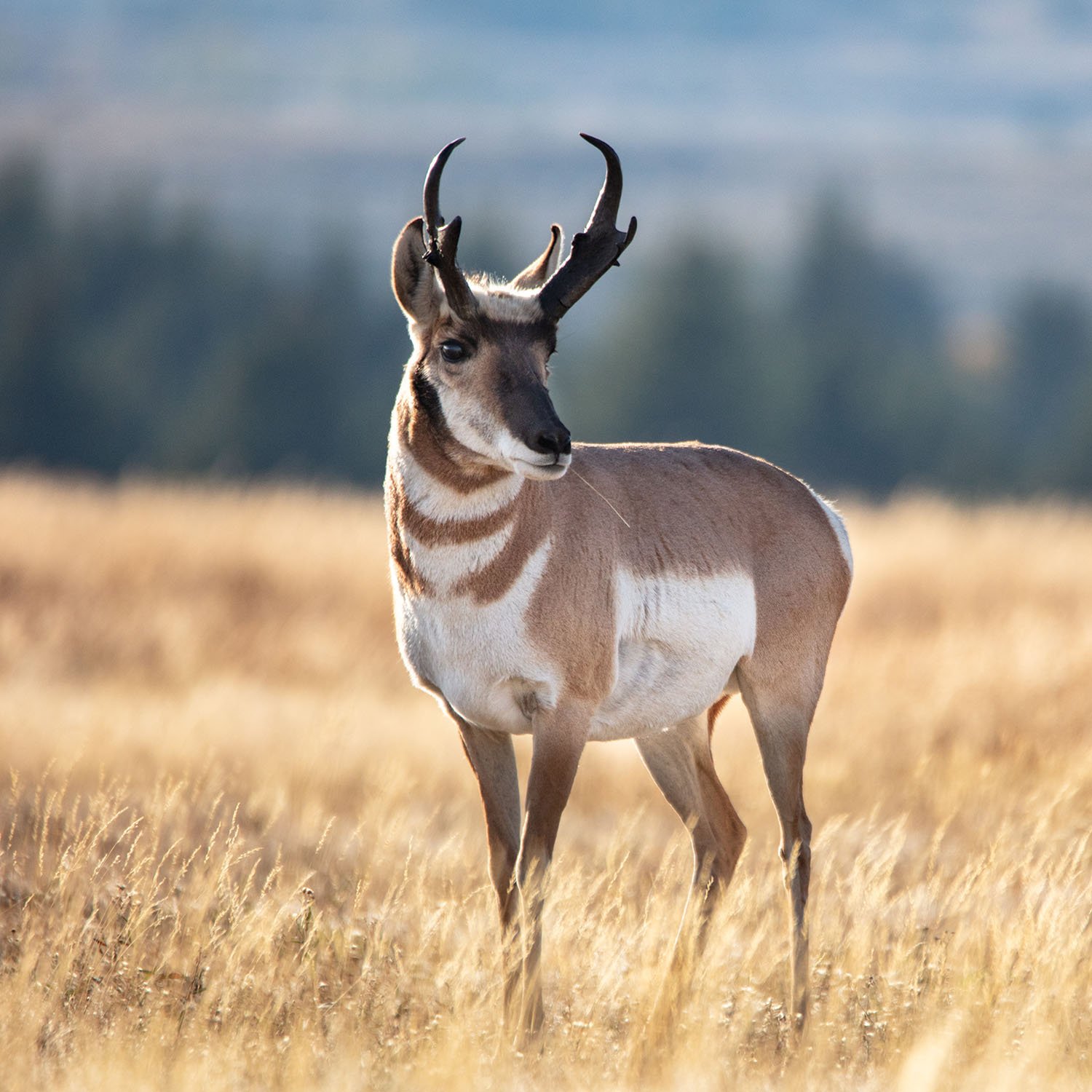
Pronghorn
Only North Dakota residents may hunt pronghorn. Pronghorn are predominantly found in the southwestern part of the state. Smaller (and decreasing) numbers can be also be found in in the north and east. There is a bag limit of one pronghorn of the type specified on the license, which may be for any pronghorn, or for a doe or fawn only. A doe or fawn is a pronghorn that does not have a black patch on its cheek, or has horns shorter than its ears.
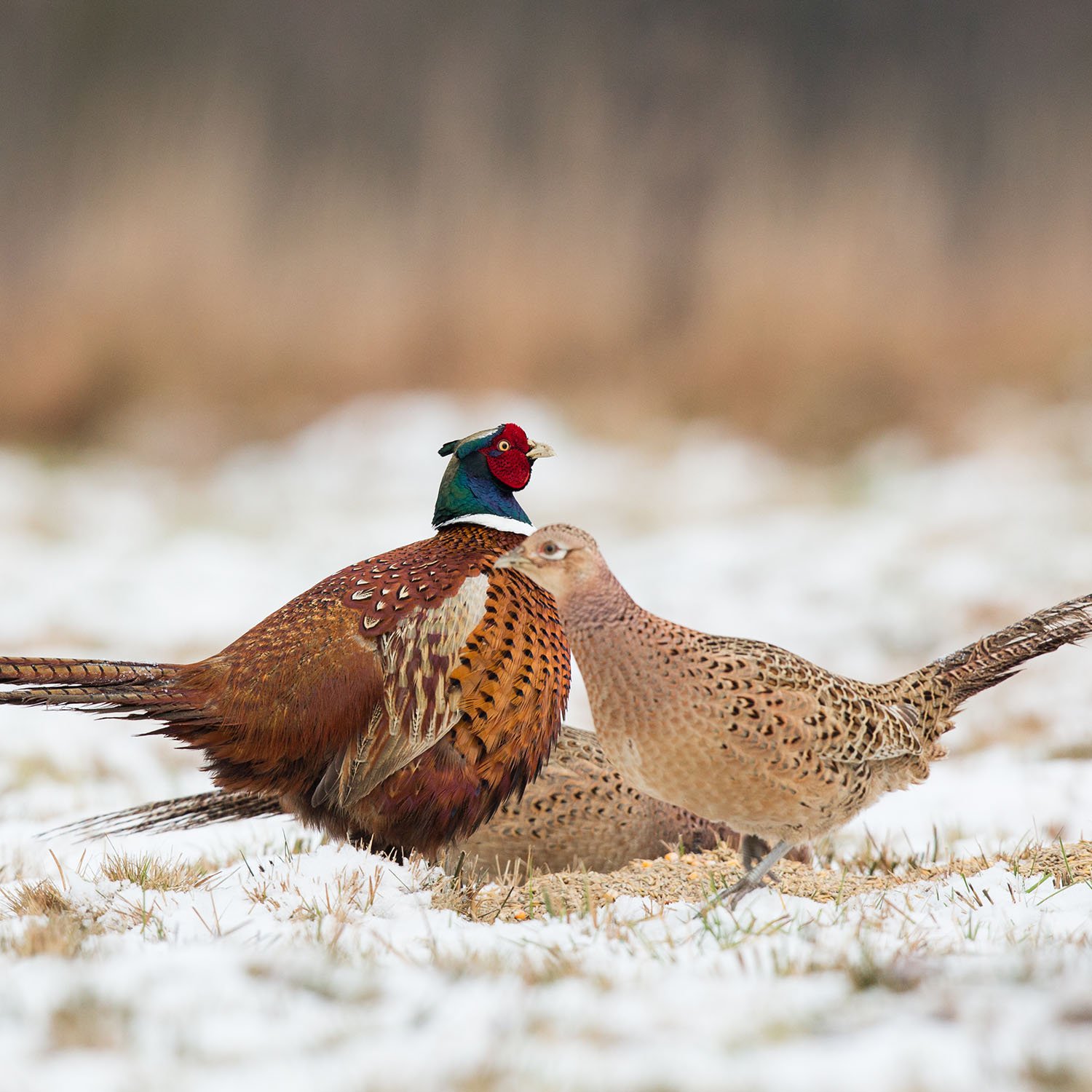
Upland Game Bird
North Dakota supports a wide range of game bird species. These include dove, pheasant, grouse, ducks, and geese. These species can be found throughout the state. Note that each species is subject to its own restrictions and regulations. Pheasant season typically opens in October, and hunters may only take male pheasants. Pheasants can often be found in Mott, Crosby, Ellendale, Wing, and Scranton. North Dakota offers a special waterfowl hunting season for veterans and active military personnel.
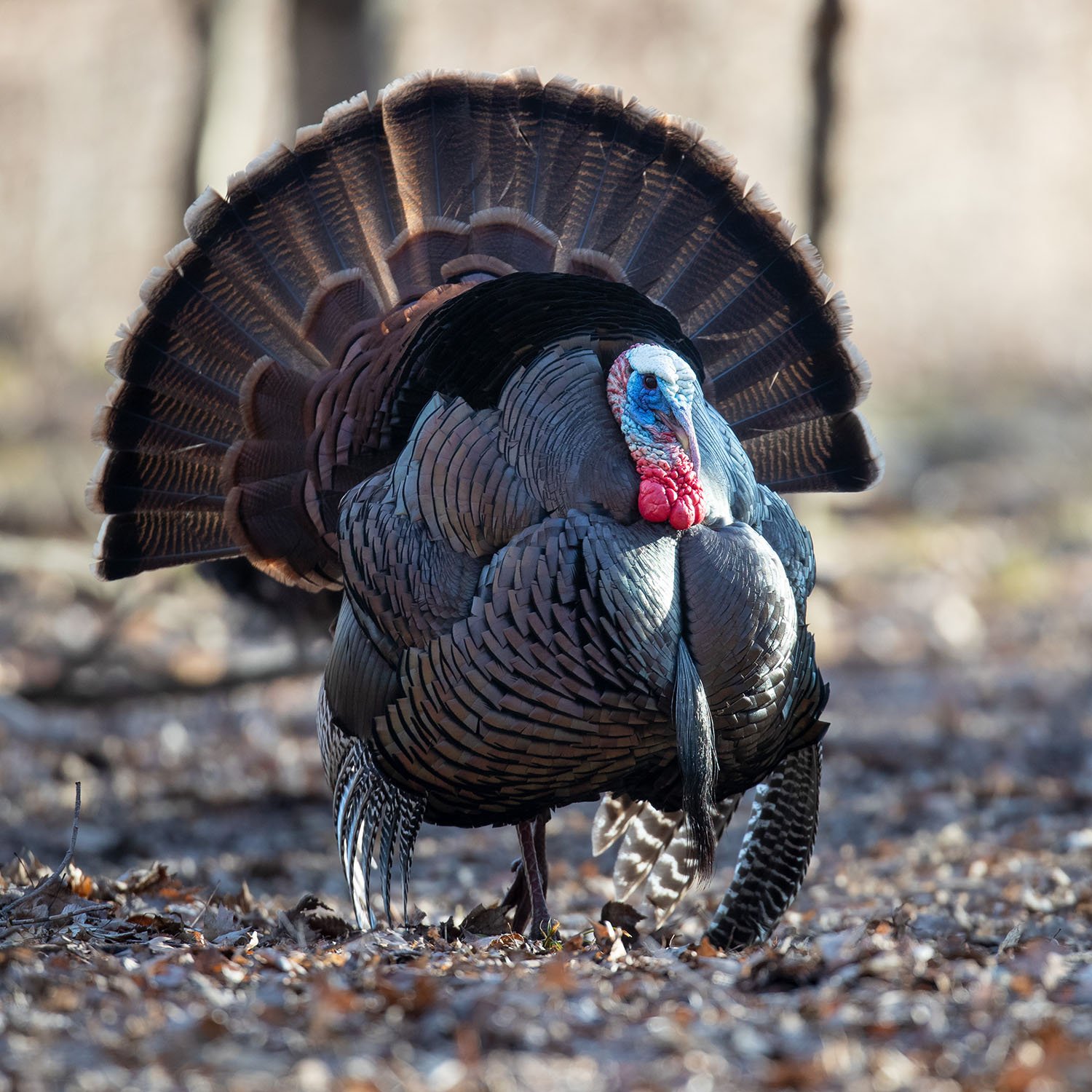
Turkey
North Dakota does not offer particularly strong turkey hunting opportunities. The state has a fairly low population of turkeys, and spring hunting is only open to residents. Spring season typically runs in April and May, while fall turkey season is in October. Turkey licenses are granted through a lottery.
Other North Dakota game species include: Badger, Beaver, Bighorn Sheep, Bobcat, Canada Geese, Coyote, Crow, Doves, Ducks and Coots, Fisher, Red and Gray Fox, Hungarian Partridge, Light Geese, Mergansers, Mink, Mountain Lion, Raccoon, Ring-Necked Pheasant, Sandhill Crane, Grouse, Tree Squirrel, Tundra Swan, Weasel, Geese, Wilson’s Snipe, Woodcock, etc. found in the "Hunting Seasons" section at bottom of the page.
Where to Hunt
North Dakota has significant public and private lands that are open to hunting and other outdoor recreation.
State Wildlife Management Areas
State Wildlife Management Areas (WMAs) can be found all throughout North Dakota. These are generally open to hunting and trapping. Each WMA is subject to its own restrictions and regulations, so be sure to check with the appropriate office before planning a trip.
Waterfowl Production Areas
Waterfowl Production Areas (WPAs) are managed by the US Fish and Wildlife service. There are about 263,000 total acres of these areas in North Dakota. They are generally found north and east of the Missouri River. Most WPAs are less than 640 acres.
National Wildlife Refuges
National Wildlife Refuges are managed by the US Fish and Wildlife Service. These areas comprise more than 200,000 acres of land. Many National Wildlife Refuges allow deer and/or upland game hunting.
State Trust Lands
North Dakota has over 700,000 acres of state trust lands. Most of these areas have been leased for farming, but they are generally open to hunting. Land operators may close access to State Trust Lands if livestock is present.
U.S. Forest Service Lands
The U.S. Forest Service (USFS) manages about 1.1 million acres of grasslands in North Dakota. Large portions of this land are leased for agriculture, but USFS lands are open to hunting.
Bureau of Land Management
The Bureau of Land Management (BLM) maintains about 70,000 acres in North Dakota. Most of this land is in the western part of the state. BLM lands are usually leased for agriculture, but they are open to hunting as well.
U.S. Army Corps of Engineers
The Corps of Engineers operates about 500,000 acres of land in North Dakota. Much of this land is under lake waters, but these lands can often include areas surrounding those lakes. This land is generally open to hunters.
U.S. Bureau of Reclamation
The U.S. Bureau of Reclamation manages almost 100,000 acres of land in North Dakota. A large portion of this land is open to public access. USBR land is mostly found along the Garrison Diversion Canal project.
North Dakota Forest Service
The state forest service owns small pieces of land in the Turtle Mountains and Pembina Hills. These areas are open to public access.
Licensing Fees
All North Dakota must purchase the Fishing, Hunting and Furbearer Certificate as well as the General Game and Habitat License. Additional licenses may be required to hunt certain species. The prices for these additional licenses may vary based on the hunter’s age and the method of take.
| License | Resident | Nonresident |
|---|---|---|
| Fishing, Hunting, Furbearer Certificate | $1.00 | $2.00 |
| General Game and Habitat License | $20.00 | $20.00 |
| Deer Gun | $30.00 | $255.00 |
| Deer Bow | $30.00 | $250.00 |
| Bighorn Sheep | $30.00 | $600.00 |
| Small Game | $10.00 | $100.00 |
| Spring and Fall Wild Turkey | $15.00 | N/A |
| Fall Wild Turkey | N/A | $80.00 |
| Sandhill Crane | $10.00 | $30.00 |
| Furbearer and Nongame | $15.00 | $40.00 |
| Waterfowl (statewide) | N/A | $153.00 |
| Waterfowl (zone restricted) | N/A | $103.00 |
Hunter Education
Anyone born after the year 1961 is required to pass a hunter education course prior to obtaining a hunting license in North Dakota. This does not apply to hunters under the age of 12, who may only hunt when accompanied by a parent or guardian.
Youth Hunting
North Dakota designates several hunts throughout the year as ‘youth only’ hunts. These include deer, waterfowl, turkey, and pheasant seasons. There is no minimum age requirement for hunting, however youth under 12 years old may only hunt when accompanied by a parent or guardian.
Trapping
For the purposes of trapping, North Dakota considers the following animals furbearers: badger, beaver, bobcat, coyote, fisher, fox, mink, mountain lion, muskrat, raccoon, river otter, and weasel. A furbearer license is required to take these species by means of trap. Each of these furbearing species are subject to their own restrictions and seasonal regulations.
North Dakota requires trappers to take a fur harvester education course in order to obtain a license. Trap tags are required on snares, but not on cage, foothold, body-gripping, or colony traps.
Hunting Seasons
| Game | Season |
|---|---|
| Badger* | no closed season |
| Beaver | no closed season |
| Bighorn Sheep* | Nov 3 2023 - Dec 31 2023 |
| Bobcat* | Nov 11 2023 - Mar 15 2024 |
| Canada Geese* | Sep 23 2023 - Dec 29 2023 |
| Coyote* | no closed season |
| Crow | Aug 19 2023 - Nov 6 2023 |
| Mar 9 2023 - Apr 21 2024 | |
| Doves | Sep 1 2023 - Nov 29 2023 |
| Ducks and Coots* | Sep 16 2023 - Dec 31 2023 |
| Elk* | Sep 1 2023 - Jan 7 2024 |
| Fisher | Nov 27 2023 - Dec 3 2023 |
| Red and Gray Fox* | open year round |
| Hungarian Partridge | Sep 9 2023 - Jan 7 2024 |
| Light Geese | Sep 9 2023 - Dec 29 2023 |
| Mergansers* | Sep 23 2023 - Dec 31 2023 |
| Mink* | Oct 28 2023 - May 10 2024 |
| Moose* | Sep 1 2023 - Nov 5 2023 |
| Mountain Lion* | Sep 1 2023 - Mar 31 2024 |
| Deer, Mule, and White-tailed* | Sep 1 2023 - Jan 7 2024 |
| Muskrat | Oct 28 2023 - May 10 2024 |
| Pronghorn* | Sep 1 2023 - Oct 22 2023 |
| Raccoon* | open year round |
| Ring-Necked Pheasant | Oct 7 2023 - Jan 7 2024 |
| Ruffed Grouse | Sep 9 2023 - Jan 7 2024 |
| Sandhill Crane* | Sep 16 2023 - Nov 12 2023 |
| Sharp-Tailed Grouse | Sep 9 2023 - Jan 7 2024 |
| Tree Squirrel | Sep 9 2023 - Feb 29 2024 |
| Tundra Swan | Sep 30 2023 - Dec 31 2023 |
| Turkey | Oct 14 2023 - Jan 7 2024 |
| Apr 8 2023 - May 14 2023 | |
| Weasel* | Nov 28 2023 - Mar 15 2024 |
| White-Fronted Geese* | Sep 23 2023 - Dec 3 2023 |
| Wilson’s Snipe | Sep 9 2023 - Dec 3 2023 |
| Woodcock | Sep 23 2023 - Nov 6 2023 |
*Hunting dates for this species may vary by zone, method of take, or subspecies of animal. Visit the state’s website here to find out more.
Disclaimer: The information provided here is not to be construed as legal advice or acted upon as if it is legal advice: it is provided for informational purposes only. While we strive to provide accurate, up-to-date content, we cannot guarantee the accuracy, completeness, or currency of the information.